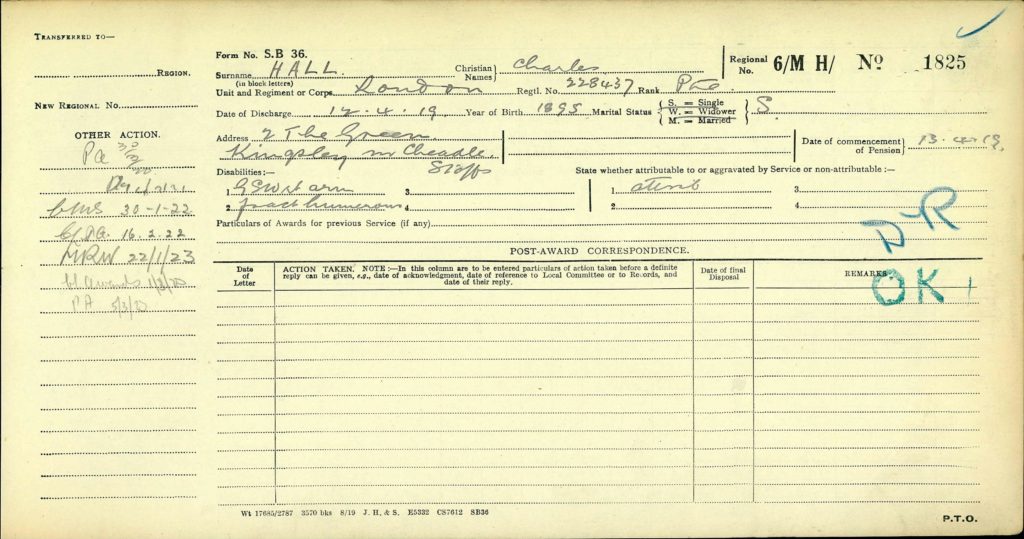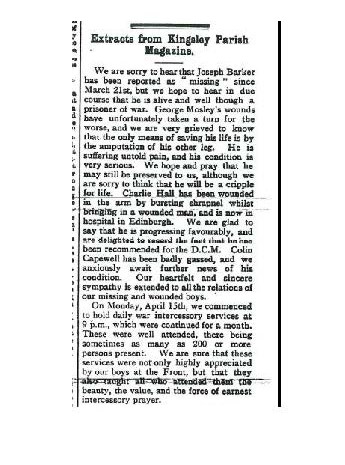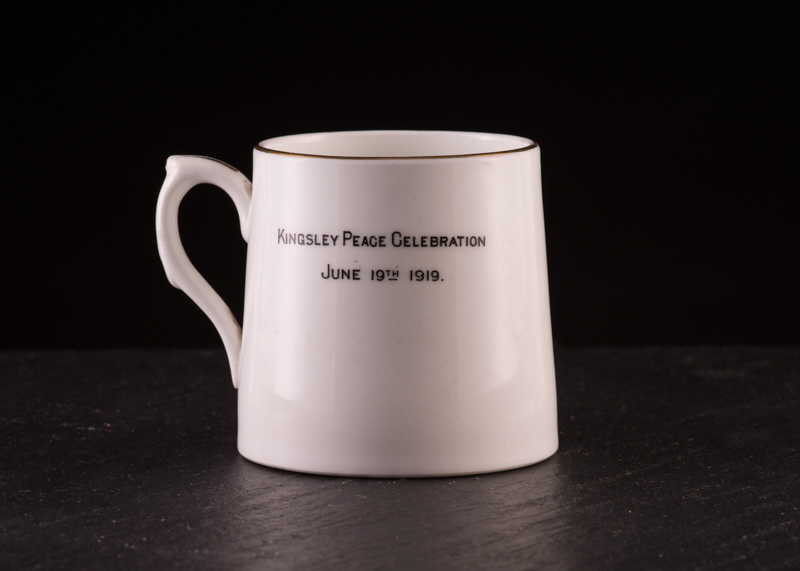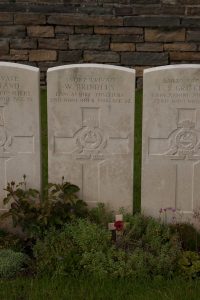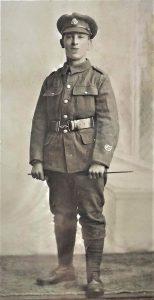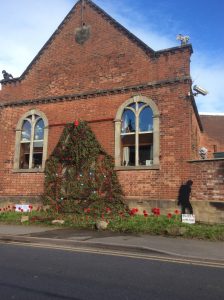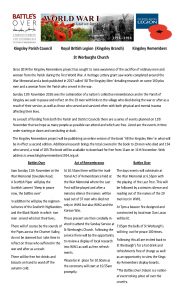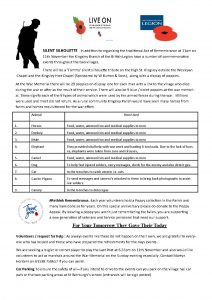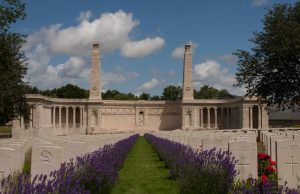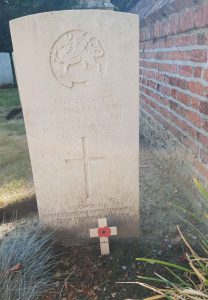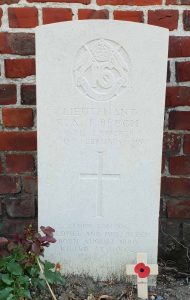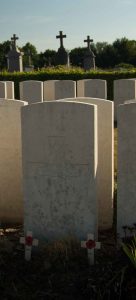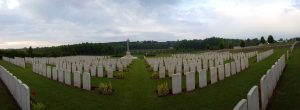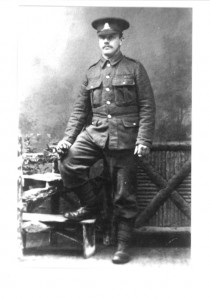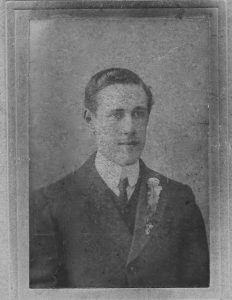As many will know Kenneth Unwin and I researched a book called all the Kingsley Men – you can download a copy here for free to beat the isolation blues.
Anyway, one man we researched was Charles Hall. He was an absent military voter in 1918 meaning he was in the army but registered to vote.
We found him referenced in a Cheadle and Tean Times article dated May 1918 which said he was in hospital in Edinburgh having been wounded by exploding shrapnel whilst bringing a man in from no man’s land. He was apparently recommended for a medal.
Try as we might I could not find any trace of a man bearing that name being awarded a medal nor unsurprisingly could we trace any record of him there being so many men of the same name.
Well, today I spent a short while looking at pension records that were not available when we did the research prior to the book being published.
I was looking for a Charles Hall who did not die and was born in 1895.
And I found him – he served with the London Regiment (2nd Batallion Royal Fusiliers) having initially joined the 5th North Staffs in mid-1917 and going to France in 1918.
He lived at 2 The Green Kingsley, another address that still exists and is a family home to this day.
He received a gunshot wound to the arm which fractured his upper arm and led to his discharge from the army some 12 months later. He was assessed as 20% disabled and received a pension until 1923 when his disability was removed. This was not necessarily due to recovery but due to the government of the day reviewing all pensions and removing many of them as finances were tight.
The battalion war diary makes no reference to the events that led to him being wounded (believed 13th May) and he certainly never got any award for his efforts.
He died locally in 1958 aged 63 years.
